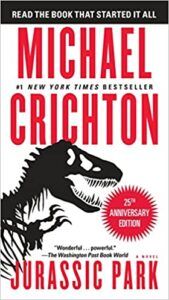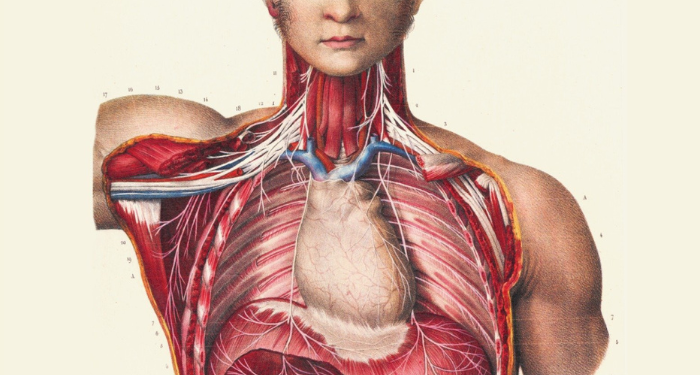
Just What is Biopunk?
One of the many science fiction sub-genres that end in -punk, biopunk could simultaneously be considered a derivative of cyberpunk while also being the opposite side of the coin. Ready to learn more about this sub-genre? Buckle up.
If you want a serious refresher on the cyberpunk genre, you can check out my primer, but huge sub-genre condensed down, cyberpunk essentially has advanced tech with integration to the human body (think transhumanism) and is set within a dystopian world where capitalism has taken over and runs the show. Honestly, we’re probably just a couple technological steps behind a cyberpunk story now.
Where cyberpunk revolves around cybernetics, biopunk revolves around biotechnology, especially genetic engineering. The genre came about after the invention/discovery of recombinant DNA, which lead to intentional genetically modified organisms (GMOs) and cloning. Like with cyberpunk, the genre doesn’t necessarily call the tech itself bad, just points out what could go wrong with it in the wrong hands. In biopunk, this involves “black clincs:” research laboratories that perform illegal, highly unethical, and unregulated experiments in genetic engineering and biological modification.
Scientists are actually preoccupied with accomplishment. So they are focused on whether they can do something. They never stop to ask if they should do something.
Michael Crichton, Jurassic Park
A prime example would be Michael Crichton’s Jurassic Park. The entire story revolves around cloning and genetic engineering taken too far. The movie based on the book does a decent job of showcasing this beyond the “ooo, dinosaurs” overlay, but the book itself goes much further into the science behind it. In the book, the dinosaurs aren’t true copies of actual prehistoric dinosaurs, due to the holes that were found in the collected DNA. Those holes are filled with any compatible DNA from reptile, amphibian, and avian species. And like the famous quote says, the scientists involved (mainly Henry Wu) don’t slow down to think about the consequences of the experimentation they do. They just focus on if they can do it and how much they can make off of it. All ethics and regulations are set aside in the name of commodification. The TV series Orphan Black is another excellent example of biopunk storytelling.
The origins of biopunk are difficult to pin down, as is the name itself. Many of the roots are situated in William Gibson’s Neuromancer, one of the first cyberpunk novels, but that is mostly due to the fact that biopunk stories and cyberpunk stories share similar features, like most of the -punk genres. It’s obviously a more recent genre, with the basis of genetic engineering, but like with cyberpunk, you can reach back and point at older books that fit the genre near perfectly, before the tech the genre is based around was even thought up — sometimes even before germ theory was developed in the 1860s.
What are Some of the Best Biopunk Novels?
With what little background information there is about what seems to be a naturally occurring genre, the best way to learn about biopunk is to read some of the more indicative novels within the genre, or historic novels that have been added into the genre posthumously.
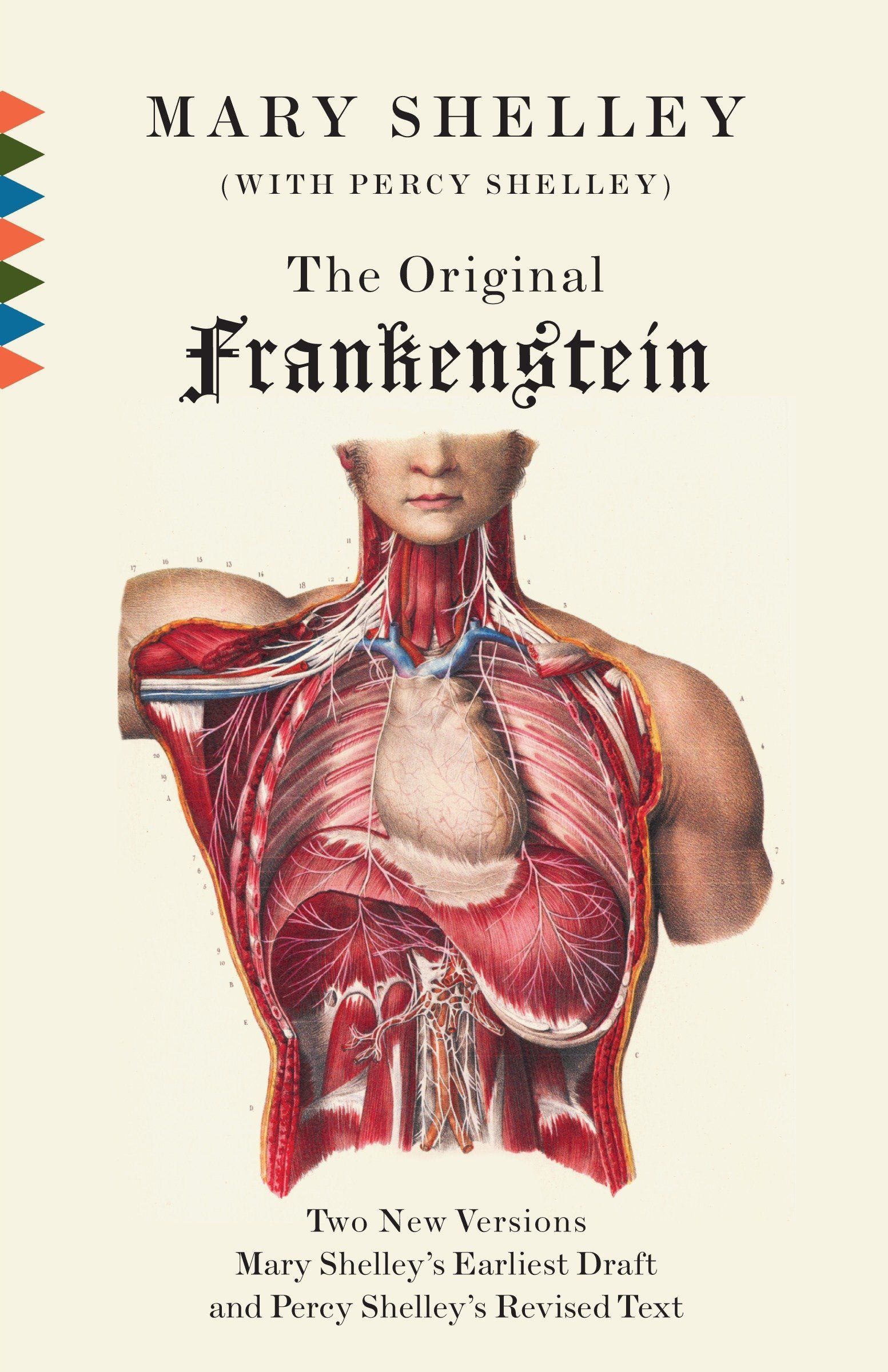
Frankenstein by Mary Shelley
Published in 1818, Frankenstein is arguably one of the earliest proto-biopunk novels out there. Victor Frankenstein literally makes a man and then spends the rest of his life running from his consequences. It’s difficult to look at the story of a college dropout who is obsessed with creating life, a goal that he achieves. When he flees from his creation’s ugliness, a cat and mouse game begins that results in the deaths of his loved ones and eventually his own. One of the main biopunk tenet of “don’t take your discoveries too far, respect the natural limits” ring true in the story. Turns out biopunk is as old as science fiction.
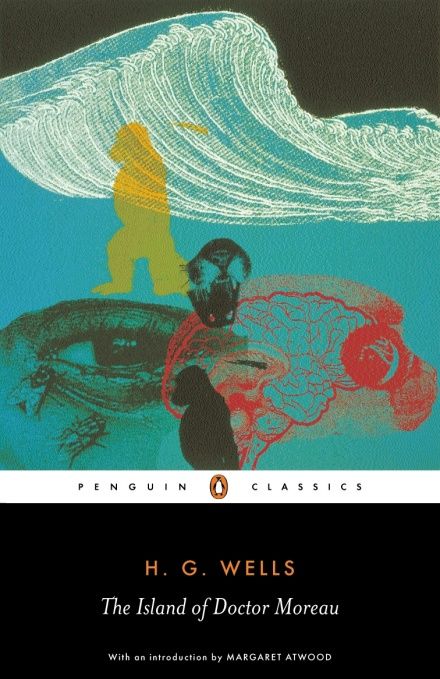
Island of Doctor Moreau by H.G. Wells
The other book that is arguably one of the first biopunk books, the story of Doctor Moreau is a little more on the nose than Victor Frankenstein’s is. It tells the story of Edward Prendick, who through a series of unfortunate events ends up shipwrecked on a remote island in the South Pacific, but the island is not uninhabited. It belongs to one Dr. Moreau, a disgraced physiologist who fled from England due to his gruesome vivisections. Moreau is not the only inhabitant, either: it’s full of Beast Folk, the results of Moreau’s grotesque experiments, animals that have been turned near human. Prendick’s entire experience on the island leaves him unable to return to regular society and instead becomes a hermit in the countryside.
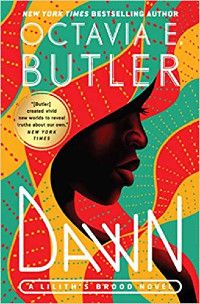
Dawn by Octavia E. Butler
The first book of the Lilith’s Brood series, Dawn explores the same question cyberpunk does with transhumanism, albeit from a different angle: at what point with genetic engineering do we stop being human? Within the story, humanity can be saved if they meld their genes with an alien race, who is willing to repopulate Earth after the massive nuclear war that decimated it. Melding genes will also remove humanity of all its “flaws.” It’s how the alien race survives: “saving” more primitive races by melding genes, despite what the primitive race may say about it. It’s hard not to see the parallels between the story and slavery as well as colonialism, and it asks, what does genetic purity even mean? And is it truly benevolence when you are the one holding all the power?
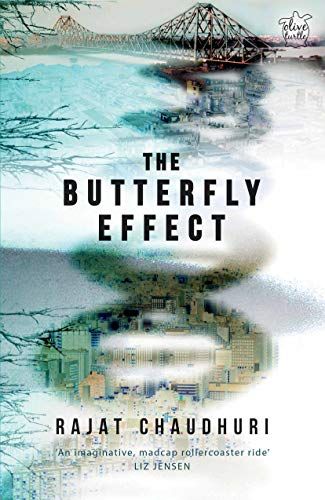
The Butterfly Effect by Rajat Chaudhuri
If you liked the storytelling style of Cloud Atlas, with a story told somewhat backwards, then you’ll enjoy this biopunk novel. It’s a challenging read, intertwining three related stories, laying out how this dystopian future came to be, from solving world hunger — regardless of the any ethics that would make it difficult — to civil wars fought using genetically engineered soldiers, all culminating into the reason some tourists disappear in Korea. An off duty cop is the one who can solve the mystery of what happened.
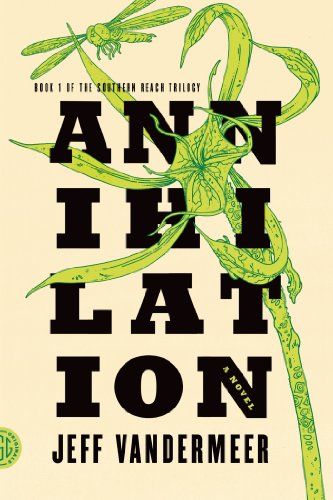
Annihilation by Jeff Vandermeer
Probably better known for the incredibly popular movie adaptation (my skin still crawls when I think about that freaking bear). Jeff Vandermeer is known for horror and weird fiction, and Annihilation is a perfect example of his skill, as well as a perfect example of biopunk. It’s incredibly surreal, following the twelfth expedition into a location known as Area X, separated from the rest of the United States by a barrier known as the Shimmer. All past expeditions into the area have failed in some way. Anything within the Shimmer, and anything that crosses through it, gets a little…weird.
If you are looking to put more -punk books to put on your shelves, don’t worry, we have plenty of recommendations. If Victorian era fiction with anachronistic tech is more your thing, we have plenty of unique steampunk reads to pick up. Or, if stories on the other side of the science fiction timeline are your thing, we have tons of post-cyberpunk books to chose from.



